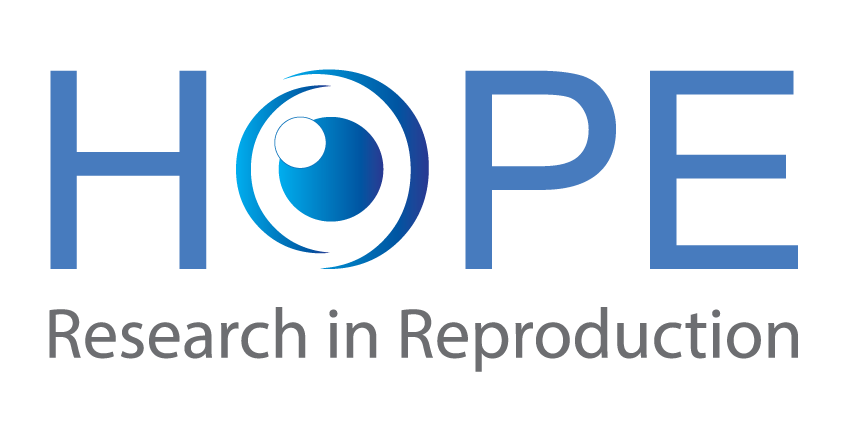Published: 15 February 2024
DOI: 10.1007/s10815-024-03050-8
Alyssa Hochberg1,2, Michael H Dahan3, Hakan Yarali4,5, Lan N Vuong6,7,8, Sandro C Esteves9
Authors information
1Department of Obstetrics and Gynecology, McGill University, 845 Rue Sherbrooke, O, Montreal, QC, 3HA 0G4, Canada. alyssahoch@gmail.com.
2The Sackler Faculty of Medicine, Tel Aviv University, Tel Aviv, Israel. alyssahoch@gmail.com.
3Department of Obstetrics and Gynecology, McGill University, 845 Rue Sherbrooke, O, Montreal, QC, 3HA 0G4, Canada.
4Anatolia IVF, Ankara, Turkey.
5Department of Obstetrics and Gynecology, Hacettepe University, Ankara, Turkey.
6Department of Obstetrics and Gynecology, University of Medicine and Pharmacy at Ho Chi Minh City, Ho Chi Minh City, Vietnam.
7IVFMD, My Duc Hospital, Ho Chi Minh City, Vietnam.
8HOPE Research Center, My Duc Hospital, Ho Chi Minh City, Vietnam.
9ANDROFERT, Andrology and Human Reproduction Clinic, Campinas, Brazil.
Abstract
Purpose: To determine the risk of not being a poor responder in ovarian stimulation (OS) for in vitro fertilization (IVF) when ovarian reserve markers are discordant-one falling within Poseidon’s criteria normal range (e.g., anti-Müllerian hormone (AMH) ≥ 1.2 ng/mL or antral follicle count (AFC) ≥ 5), and the other in the poor ovarian reserve range.
Methods: A tri-center retrospective cohort study (2015-2017) involving women with discordant AMH and AFC values undergoing their first IVF/ICSI cycle using conventional OS (cOS, ≥ 150 IU/day of follicle-stimulating hormone). Discordant serum AMH and AFC values were defined according to Poseidon’s criteria (AMH < 1.2 ng/mL and AFC ≥ 5 or AMH ≥ 1.2 ng/mL and AFC < 5). Poor ovarian response (POR) was < 4 retrieved oocytes. Receiver operating characteristic (ROC) curves were used to determine AMH and AFC cut-offs for non-POR. Logistic regression analysis evaluated factors associated with non-POR.
Results: Out of 8797 patients who underwent assessment with both AMH and AFC, 1172 (13.3%) exhibited discordant values. Of these, 854 (72.9%) had ≥ 4 oocytes retrieved. Within this group, 726 (85.0%) had “low” AMH values, whereas 128 (15.0%) had “low” AFCs. An AFC of 6 had 77% sensitivity and 52% specificity (AUC = 0.700), while AMH of 1.19 ng/mL had 31% sensitivity and 85% specificity (AUC = 0.492) for non-POR. AFC and the use of recombinant gonadotropins were positive predictors of non-POR.
Conclusions: When serum AMH is < 1.19 ng/mL, but AFC is ≥ 6, there is a moderate likelihood of a non-POR during stimulation. Conversely, if AFC is < 5 but serum AMH is ≥ 1.19 ng/mL, the chances of non-POR are low. Among patients with discordant markers, AFC emerges as the primary predictor of oocyte yield.
Keywords: Anti-Müllerian hormone; Antral follicle count; Discordancy; Ovarian stimulation; Poor ovarian response; Poseidon criteria.
